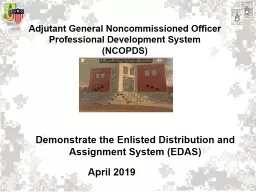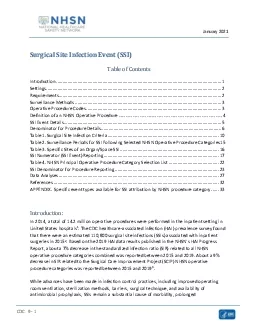PPT-SSI Noncommissioned Officer Academy
Author : cheryl-pisano | Published Date : 2018-09-16
Senior Leaders Course Implement the Army Body Composition Program 2 Concrete Experience GROUP 1 Identify 5 things that are right with the Army Body Composition
Presentation Embed Code
Download Presentation
Download Presentation The PPT/PDF document "SSI Noncommissioned Officer Academy" is the property of its rightful owner. Permission is granted to download and print the materials on this website for personal, non-commercial use only, and to display it on your personal computer provided you do not modify the materials and that you retain all copyright notices contained in the materials. By downloading content from our website, you accept the terms of this agreement.
SSI Noncommissioned Officer Academy: Transcript
Download Rules Of Document
"SSI Noncommissioned Officer Academy"The content belongs to its owner. You may download and print it for personal use, without modification, and keep all copyright notices. By downloading, you agree to these terms.
Related Documents













![[DOWNLOAD] - Service Academy Admissions: An Insider\'s Guide to the Naval Academy, Air](https://thumbs.docslides.com/902433/download-service-academy-admissions-an-insider-s-guide-to-the-naval-academy-air-force-academy-and-military-academy.jpg)
![[READ] - Service Academy Admissions: An Insider\'s Guide to the Naval Academy, Air Force](https://thumbs.docslides.com/905440/read-service-academy-admissions-an-insider-s-guide-to-the-naval-academy-air-force-academy-and-military-academy.jpg)